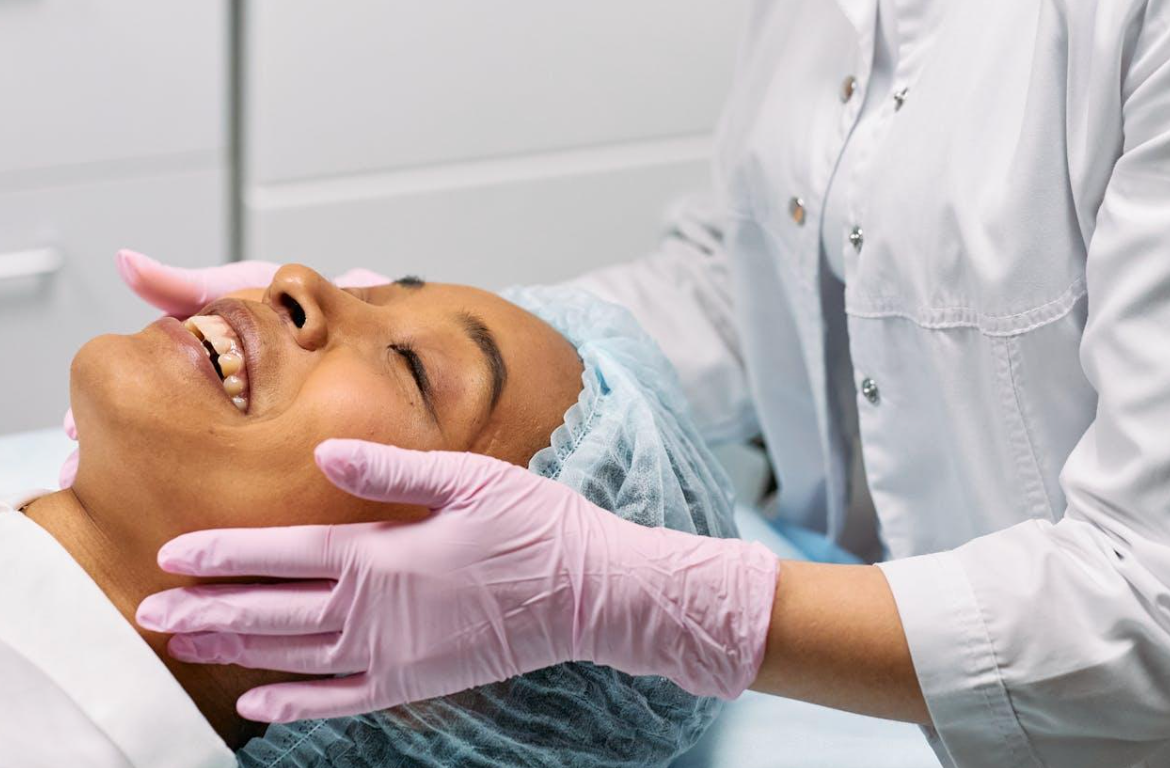Is It Vanity or Vitality? Rethinking the Role of Self-Image in Health

What comes to mind when someone mentions getting a cosmetic procedure? For many, it’s judgment or a quick joke. But what if it’s not vanity at all—what if it’s vitality, about feeling in sync with your body and life? For years, self-image and health were separate, but that’s changing. How we feel in our skin now shapes mental, emotional, and physical well-being.
In this blog, we will share why self-image belongs in the health conversation, how perceptions are shifting, and what it means for people making choices about their bodies today.
The Health Conversation Has Grown Up
Once upon a time, “healthy” meant a number on the scale or your cholesterol levels. If you had a six-pack or a clean bill of health from your doctor, you were good to go. But fast forward to today, and the wellness world has exploded in size—and scope. Now, health includes sleep quality, hormone balance, mood stability, gut microbiome diversity, and even digital detoxing.
So it makes sense that self-image would join the mix. After all, how you feel about your appearance can impact everything from your stress levels to your confidence at work. Social psychology has long confirmed that body image affects mental health. Poor self-image has been linked to anxiety, depression, and even chronic stress. It’s not just about mirror talk. It’s about what happens when that talk shapes your day.
It’s also worth noting how technology has shifted the landscape. The rise of platforms like The Plastic Surgery Channel has made nuanced conversations about cosmetic procedures more accessible. These platforms, featuring board-certified experts and medical insights, help reframe the conversation. Instead of sensational headlines or influencer hype, viewers are offered deeper discussions about intention, safety, and outcomes. And that’s what’s helping push the topic out of the tabloid zone and into the health space where it often belongs.
When Confidence Feeds Health, Not Ego
It’s tempting to think that changing how you look is always superficial. But confidence is not a shallow emotion. It’s tied to how you move through the world. For example, someone who feels uncomfortable with their body might avoid social events, shy away from exercise, or feel less motivated to eat well. These habits affect health. They influence hormone levels, immune response, and even cardiovascular performance.
Take posture, for example. Studies have shown that people who feel more confident in their appearance tend to stand taller. And posture affects everything from spinal alignment to digestion. The ripple effects are real.
Similarly, there’s growing evidence that feeling good about your appearance boosts adherence to other health routines. People are more likely to keep up with workouts, skincare, and even dental hygiene when they feel invested in themselves. It’s not narcissism. It’s psychological momentum.
This is why you’ll find more therapists, coaches, and even general practitioners validating patient concerns about appearance. Not because the goal is perfection, but because there’s something powerful about alignment—when how you look on the outside supports how you feel inside.
The New Language of Choice and Care
Here’s something else that’s changing: the way we talk about people making changes to their appearance. Ten years ago, it might’ve been whispered. Today, it’s discussed openly. And that transparency is making room for better choices.
Words like “natural-looking,” “low downtime,” and “preventive” are everywhere now. Non-invasive procedures have made it easier for people to explore changes gradually. There’s less stigma. Less shame. And in many cases, more science. More education. More options.
At the same time, practitioners are framing procedures as part of a broader care strategy. They’re not just asking what someone wants to fix. They’re asking what they want to feel. Do they want to look less tired? Do they want their outside to match how they feel after major weight loss or illness recovery? The question has moved from “What’s wrong with you?” to “What would support you?”
That shift is huge. Because it re-centers the conversation around agency. Around well-being. Around personal context instead of blanket ideals.
Beauty Ideals vs. Personal Alignment
One concern that always comes up in these conversations is the pressure of beauty standards. And it’s valid. No one should feel like they have to look a certain way to be worthy. But there’s a difference between chasing someone else’s standard and choosing something that feels right for you.
The key here is intent. A person getting a facelift to look like a celebrity is different from someone trying to soften the signs of stress after caregiving for a parent or raising kids. One is rooted in external validation. The other is deeply personal.
This is where health professionals, especially in cosmetic fields, are being trained to ask better questions. Why now? What’s the goal? Is this coming from a place of care or comparison? These questions help ensure that choices are thoughtful, informed, and in alignment with a person’s values—not the algorithm.
Not Just for the Wealthy or Famous Anymore
Another misconception that’s falling away? That cosmetic procedures are only for the elite. In reality, access has broadened significantly. Non-surgical treatments, financing plans, and a wider range of providers have opened the door for more people. And while accessibility isn’t perfect, it’s moving in the right direction.
More importantly, the reasons people seek procedures are changing. It’s not just weddings or reunions. It’s about recovery after illness, regaining a sense of control, or simply wanting to look in the mirror and feel more at ease.
In that sense, these choices aren’t about indulgence. They’re about resilience. About finding new ways to take care of a body that’s carried you through life’s ups and downs. And that is health—whether it fits in someone else’s box or not.
How the Healthcare Lens Helps
When we start to look at cosmetic treatments through a healthcare lens, something interesting happens. The conversation gets less shallow. It gets smarter. Safer. More grounded.
Practitioners become educators, not just service providers. Patients ask more questions. The industry raises its standards.
It also gives space to talk about things like recovery, emotional readiness, and long-term impact—not just before-and-after photos. Because real care isn’t just about change. It’s about continuity. About what happens after the appointment. After the stitches. After the spotlight fades.
Where We Go From Here
So, is it vanity? Or is it vitality?
Maybe it doesn’t have to be either. Maybe it’s time we stop forcing the choice and start understanding the connection. How someone feels about their body matters. Not because it checks a box, but because it changes how they show up in the world.
It’s not about idolizing youth or beauty. It’s about removing shame from self-improvement. It’s about building a health culture where people can care about both their blood pressure and their laugh lines without apology.
In the end, feeling good in your body—whatever that looks like—shouldn’t be dismissed. It should be supported. Because that feeling isn’t just cosmetic. It’s foundational.
And that might be the healthiest thing of all.



